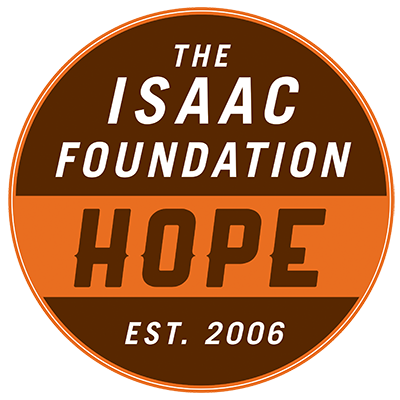 In the past weeks, our good friend Simon Ibell has been busy! Not only did he start a petition to pressure the Ontario government to fund Elaprase (the Enzyme Replacement Therapy for MPS II), but he also made a video with Steve Nash for the same reason (you’ll notice Trey playing hockey in the video as well as Steve wearing our ‘Got Hope’ shirt)!! To watch the video, which is on You Tube, click here: http://www.youtube.com/watch?v=2w3ayN2ezAw. There’s also a Facebook Group which you can join. And if you’d like to purchase a shirt, let me know!
In the past weeks, our good friend Simon Ibell has been busy! Not only did he start a petition to pressure the Ontario government to fund Elaprase (the Enzyme Replacement Therapy for MPS II), but he also made a video with Steve Nash for the same reason (you’ll notice Trey playing hockey in the video as well as Steve wearing our ‘Got Hope’ shirt)!! To watch the video, which is on You Tube, click here: http://www.youtube.com/watch?v=2w3ayN2ezAw. There’s also a Facebook Group which you can join. And if you’d like to purchase a shirt, let me know!
Here’s the press release…
NBA Superstar issues an appeal for funding of Hunter Syndrome Therapy
Steve Nash appeals to Ontario Government to fund treatment for rare disease
Toronto (August 12, 2008) – National Basketball Association Superstar Steve Nash has recorded a YouTube and Facebook message urging the Ontario government to fund the only treatment available for suffers from Hunter syndrome, a rare progressive genetic enzyme deficiency disorder.
Hunter syndrome, or MPS II, interferes with the body’s ability to eliminate cellular waste, which damages tissue and organ functions and can lead to severe clinical complications and early death.
Health Canada approved the Hunter syndrome enzyme replacement therapy (ERT) medication, Elaprase, more than a year ago. Alberta and British Columbia are currently funding this life-prolonging treatment, but Ontario continues to refuse coverage. Since there are only six people with Hunter syndrome living in Ontario, the economic impact of treatment funding is minimal.
“The earlier patients receive the treatment, the better chance they have of stopping the progression of Hunter syndrome,” Nash said. “A close childhood friend, Simon Ibell, has seen his health improve significantly since being on enzyme replacement therapy. I hope all Canadians will join me in asking their politicians to fund enzyme replacement therapy for Hunter syndrome in Ontario and across Canada.”
|bell, a 30 year-old Toronto resident, was diagnosed with Hunter syndrome at the age of two, long before there was a treatment for the disorder. Until he began receiving enzyme replacement therapy (ERT) as part of a clinical trial five years ago, his quality of life was in severe decline. Treatment with enzyme replacement therapy has reduced Simon’s pain and suffering and improved his quality of life and life expectancy.
“Even at my age, the treatment has had such a positive impact on my life — improved breathing, decreased organ size, improved joint flexibility,” Simon said. “Daily tasks are so much easier.”
Currently, Ibell is receiving enzyme replacement therapy because he was part of a clinical trial. His future treatment is not guaranteed. The termination of ERT would result in the return of severe medical complications, including tissue and organ damage.
Another Hunter syndrome patient, Szymon Cajmer, a 13 year-old boy in Windsor, Ontario now profoundly deaf due to Hunter syndrome, has not had access to treatment. His family is pleading with the Ontario government to approve treatment funding.
Physical manifestations of Hunter syndrome include thickening of the heart valves, grave difficulty breathing, distinct facial features, enlarged head, abdomen, liver and spleen, and severe hearing loss. In some cases, mental disability may ensue.
View the YouTube video at: http://www.youtube.com/watch?v=2w3ayN2ezAw
Steve Nash, a professional basketball player from Victoria, B.C., plays for the Phoenix Suns of the National Basketball Association (NBA) and has twice been named the NBA’s Most Valuable Player. Off the court, Nash is heavily involved in charity and humanitarian work and last year was named an Officer of the Order of Canada. In 2006, Time Magazine named Nash one of the 100 most influential people in the world.
Simon Ibell is a director of the Canadian MPS Society. He and Steve Nash have been friends since their high school days in Victoria, B.C. Ibell was born with the very rare, progressive and life-threatening genetic disease called Hunter Syndrome or MPS II. The disease causes devastating physical problems affecting all major organs: heart, lungs, sometimes central nervous system and liver as well as hearing, sight, breathing and joint movement. Families of children born with this disease endure watching their children’s health deteriorate.
Source: Charles Pitts
Oromedia
877 990 9044
Video interview with Steve Nash available at: http://www.youtube.com/watch?v=2w3ayN2ezAw
